Tangled coffee grinding-should fine powder be sifted after all?
For professional baristas, please follow the coffee workshop (Wechat official account cafe_style)
For baristas and enthusiasts who often visit the restaurant, all kinds of bean grinders will certainly be familiar, such as Mazzer, Big Eagle, Little Eagle, Big Pegasus, Pegasus, Yang Family 900n, small Fuji, small Steel Cannon and BG, EK, etc., each mill has its own advantages, some are cost-effective, some are powerful, some are good-looking. However, no matter which one, it seems that it can not solve the problem of fine powder when grinding coarse powder at this stage.
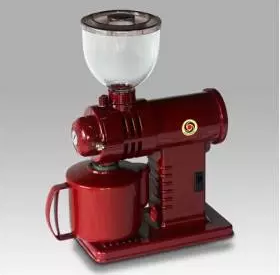

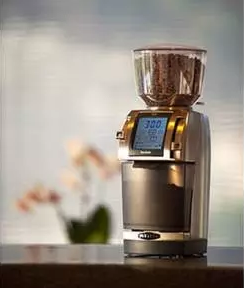
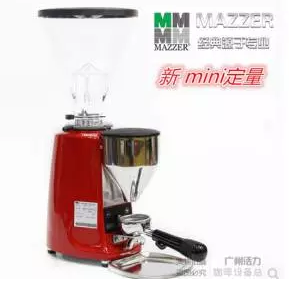
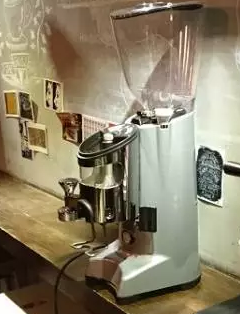
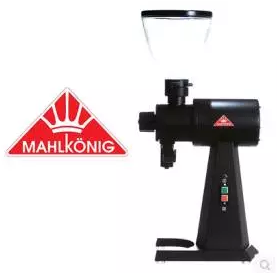
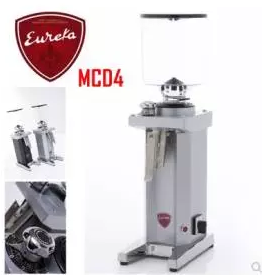
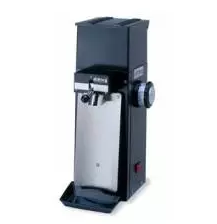
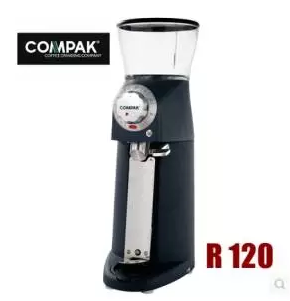
Many friends seem to have an illusion that it is easy to grind coarse, but it is not easy to grind fine. As everyone knows, for grinding, grinding coarse powder evenly and not mixed, or less mixed fine powder is the most difficult. These fine powders are the source of impurities or excessive extraction during the brewing process (hand flushing, siphoning, law pressure, etc.).
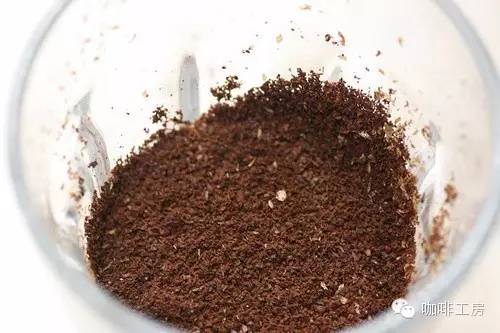
The difference between sieve fine powder and unsifted fine powder
Sift the ground powder with a 30-mesh sieve, try to make a cup of coffee with a pure taste, and then compare it with the unsifted powder. (note: 30 mesh means 30 holes per square centimeter, which is a standard unit.)
Coffee beans: Kenya AA uses bean grinder: Mazzer Super Jolly
Baking degree: medium and deep brewing method: V6001 filter paper hand flushing
Amount of powder used: 26g
On the left side of the picture below is the coffee that does not pass through the 30-mesh screen, and on the right is the fine powder that has passed through the 30-mesh screen.
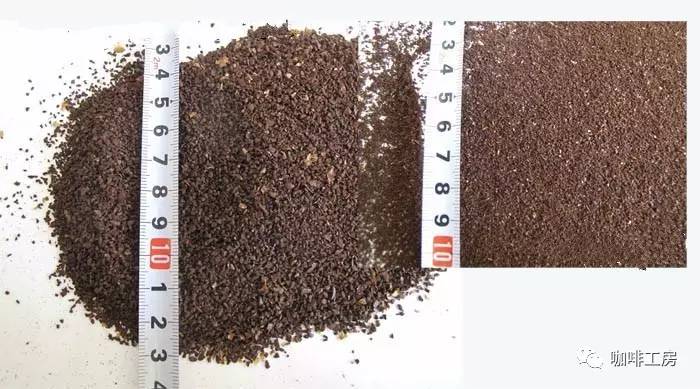
Close-up: fine powder with 30 mesh sieve vs 30 purpose coarse powder
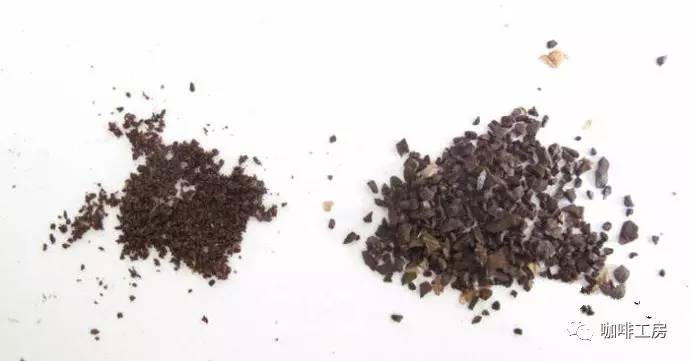
Use the sifted 30 mesh powder to make hand flushing to get about 200 milliliters of coffee. This cup of coffee completely presents a different taste, seems to be a twin sister with the original Kenya, the original wild calm is much softer, very clear in the mouth, the acidity is obvious but not restless, a touch of sweetness mixed with rich flower aroma, if you do not taste carefully, it seems that the bitter taste has dissipated, only you in the aftertaste, the faint bitterness will appear, this bitterness and the overall sweetness take care of each other, very harmonious.
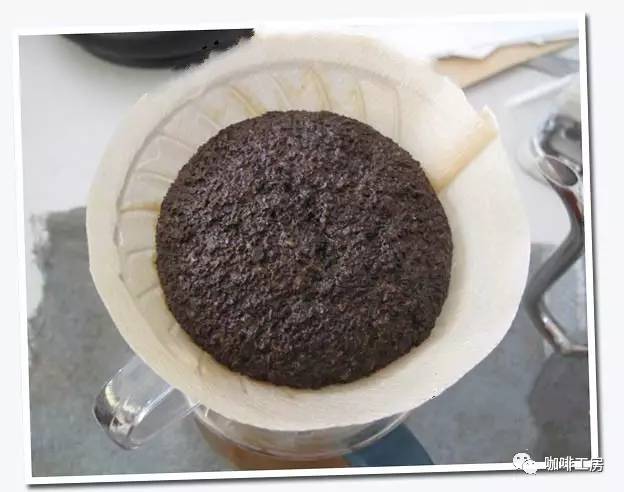
Of course, the removal of fine powder, in fact, this cup of coffee also lost something, first of all, the concentration is worse, mellowness and persistence are also reduced a lot. But it is estimated that what many coffee lovers cannot accept is the "waste" caused by sieving powder. As can be seen in the following picture, sieving powder will sift out about 1 / 4 of the powder, although the left and right sides are the same powder. But the left side can be "clear" and the right side may be "dirty".
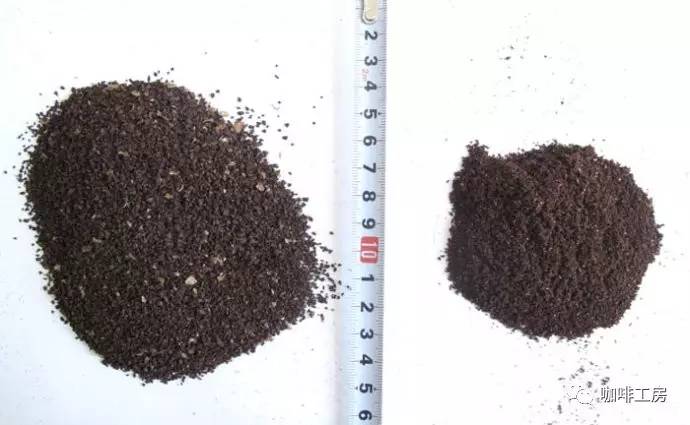
In fact, doing this small experiment does not mean that everyone has to sift out all the fine powder. It is estimated that in daily life, no one will be so "accurate", and there is really no need to be so "accurate". It's just that the degree of grinding and evenness of the powder will affect the taste of coffee. You can try different degrees of grinding to make the same kind of beans show different tastes in your mouth.
The function of sieving fine powder
Sieve powder can be considered too fine powder, so that the particle size is basically the same, to achieve a relatively uniform extraction, so each particle size (each coffee powder) conveys roughly the same taste, the final cup of coffee is very smooth, clean, layered coffee.
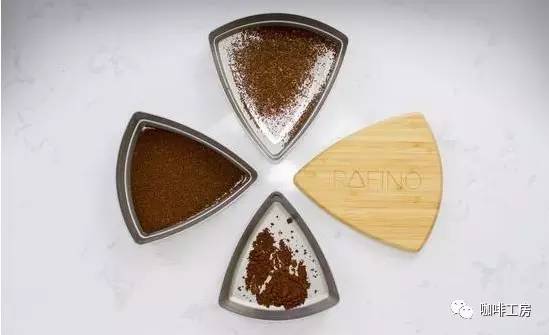
How important is it to grind even bean grinders?
There is a definition in the coffee industry: a bean grinder is more important than a coffee machine. Of course, this sentence does not mean that the coffee machine is not important, making coffee itself will have many influencing factors, such as coffee powder, proportion and water temperature, etc., and the effect of uniform grinding on the quality of a cup of coffee is absolutely very obvious.
Take a chestnut.
The powder ground by a poor quality bean grinder is uneven in thickness, large and small, and when a stream of hot water rushes down, within three minutes, the large particles are not finished, and the small particles are excessively extracted; the coffee powder in the container is unevenly distributed, the side with more coarse powder will be extracted too much at high water temperature, and the side with more fine powder will be extracted incompletely at low water temperature.
This concept is the same as all methods of making coffee, no matter how much coffee needs to be ground. Excessive extraction will make the coffee numb and astringent on the tip of the tongue, and incomplete extraction will leave the coffee with very little flavor and only acid.
So, how important is a bean grinder that can grind coffee powder to almost every grain of uniform thickness!
What is a good bean grinder?
Some knowledgeable friends will say: grind even bean grinder. In fact, a completely uniform coffee grinding does not exist. At present, the coffee powder produced by any coffee grinder is composed of coarse powder, medium-fine powder, fine powder and very fine powder. These coffee powders of different particle sizes play different roles in the process of coffee extraction, some are used to form alcohol thickness, and some are used to show flavor.
Completely uniform coffee grinding does not exist and is not necessary.
-- Ka ash silk
Therefore, even if there is a completely uniform bean grinder, the flavor of the coffee is very mediocre. If you have the opportunity to use different mesh sieves, the ground coffee powder will be sifted and then made, the effect will be clear at a glance.
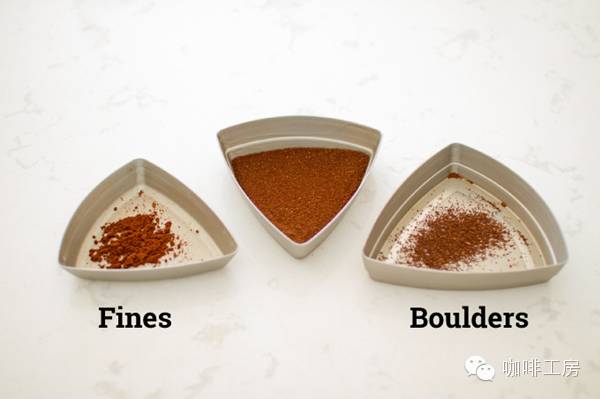
Another point is the other reactions produced by the bean grinder when it is in operation: heat generation, residual powder. All these will affect the quality of grinding.
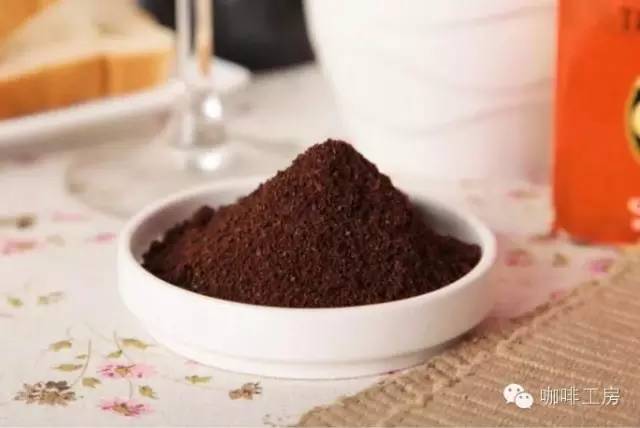
The key point of coffee grinding

(1) the degree of grinding should be uniform
The deterioration of coffee taste caused by uneven grinding degree is fatal. The coffee extraction rule is: "the finer the grinding degree, the stronger the bitter taste, the weaker the acid taste, the thicker the grinding degree, the weaker the bitter taste, the stronger the acid taste."

(2) Minimize friction heat generation
When the grinder is working, it will generate heat, and the heat generated by friction will significantly damage the aroma and flavor of coffee. The faster the speed of the grinder, the greater the heat generation.

(3) avoid fine powder as much as possible
The influence of fine powder on coffee extraction is even greater than friction heating, the high temperature and static electricity produced by the bean grinder will make the fine powder adhere to the inside and channel of the bean grinder, and the oxidized and rancid residual powder will be mixed into the new coffee powder during the next grinding, resulting in taste deterioration, not only the coffee liquid is muddy, but also brings unpleasant bitterness, astringency and even bad smell.

(4) choose the degree of grinding suitable for the extraction method.
(1) very fine powder
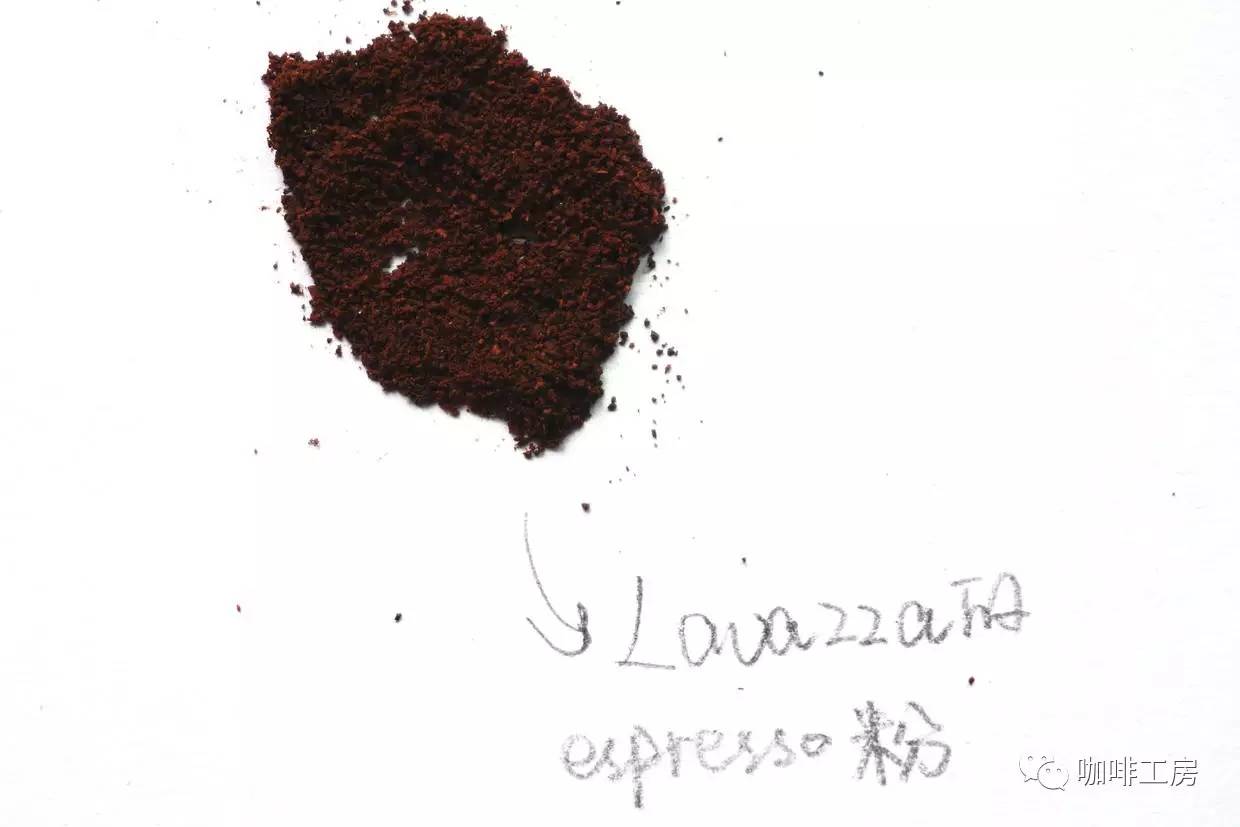
Suitable for espresso
This is the best to understand, and the usage is relatively absolute, only used when making espresso. Because the extraction method is different from the usual principle of brewing at home, it needs to be pressurized, so the appliance is an Italian coffee machine, and the grinding also requires a professional coffee mill to achieve extremely fine. If you use a mocha pot to make coffee, it is also more suitable to use very fine powder, but the extraction is generally excessive, although a little oil can come out, but the taste is bitter, and the enjoyment process is often greater than the taste itself.
(2) Fine powder
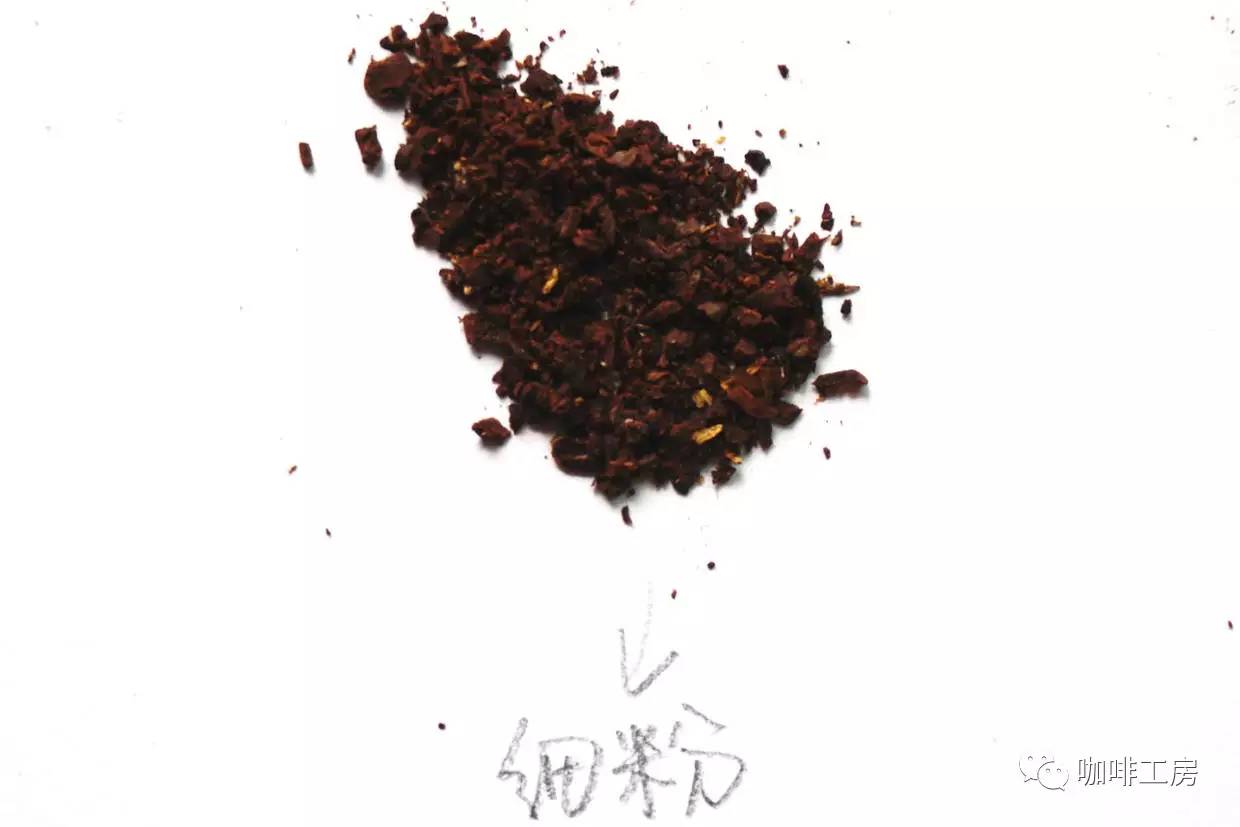
Suitable for ear hanging
Fine powder is suitable for ear-hanging coffee. Many people will think that hanging ears should be partially soaked in water, and should use coarser particles. In fact, it is mainly because the ears are all filter paper, and the water output is very large. Unlike hand flushing, there is a closing position, such as the commonly used three-hole filter cup, which actually slows down the speed of water outflow. Therefore, fine powder is needed to increase the extraction area.
Fine powder is slightly smaller than fine granulated sugar (baking fine granulated sugar or fine granulated sugar), and then give a reference substance, salt. Less than sugar, more than salt, that's it.
(3) Medium fine powder
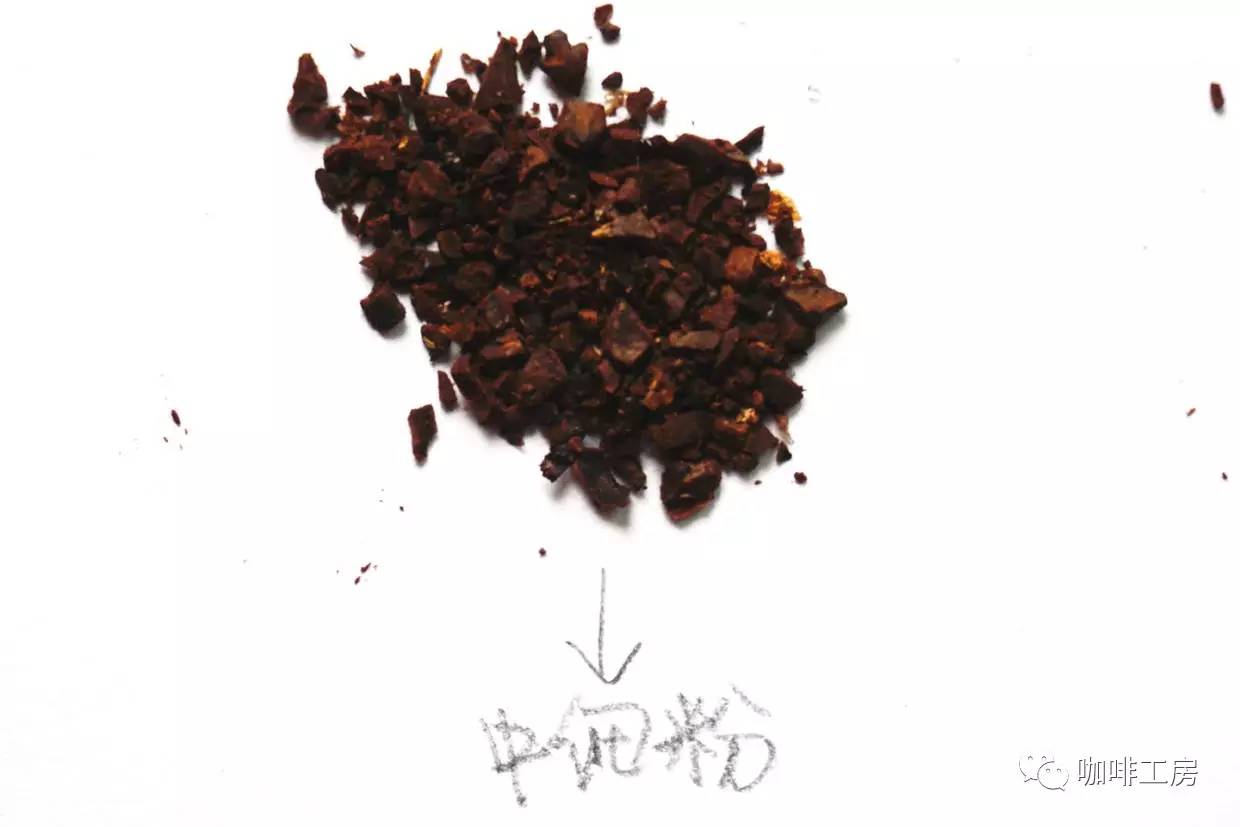
Most suitable for hand flushing
The occurrence rate of medium and fine powder is the highest. Hand flushing pots that are easy for everyone to enter, good-looking siphon pots, and even commonly used household coffee filter machines are all suitable for using medium and fine powder.
Medium and fine powder ≈ white granulated sugar (the most common white granulated sugar in the supermarket, a little bigger than that). Generally, the hand punching will eventually be fixed on the thickness of the medium and fine powder. Because the medium and fine powder is very commonly used, you who love coffee should try your own coffee mill and find the most suitable level of medium and fine powder.
(4) medium powder
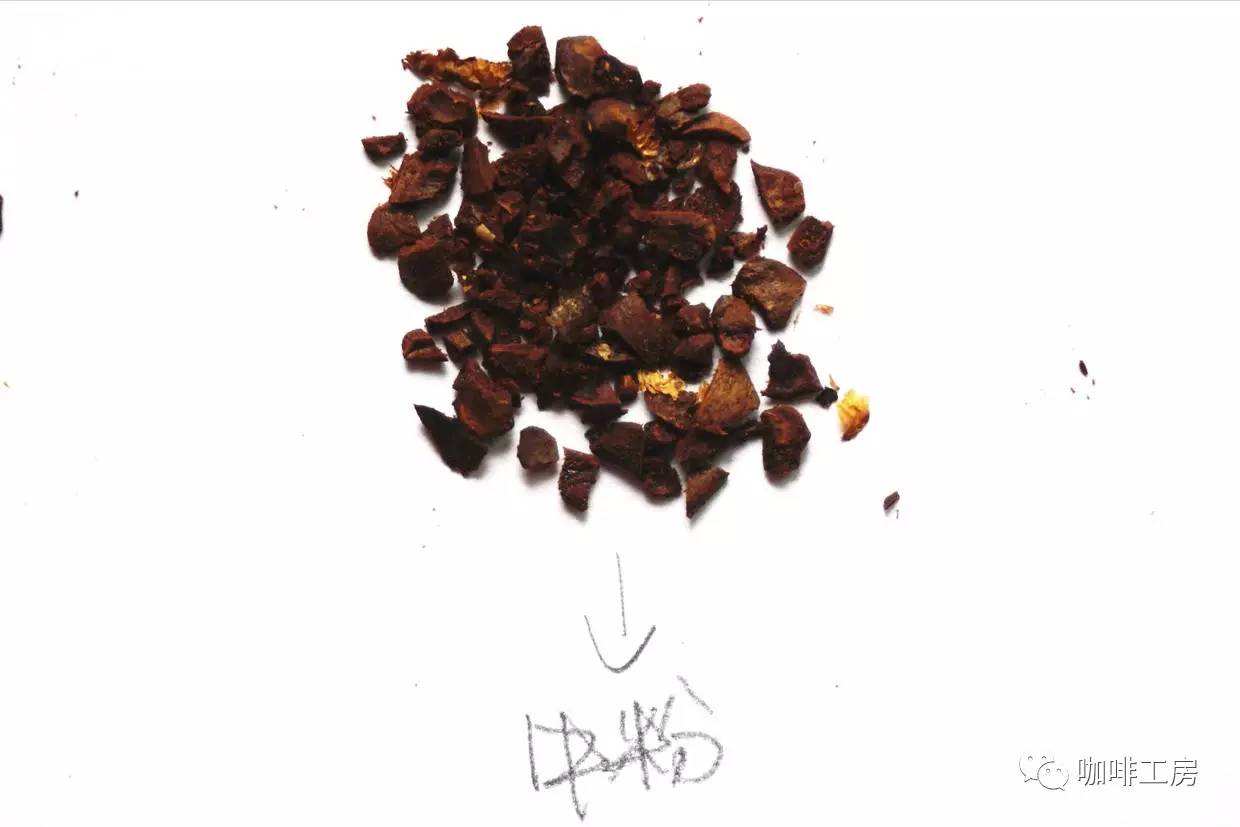
In the extraction, the speed of medium powder is a little slower than that of medium fine powder, and the time is a little longer, and the applicable apparatus is the same as that of medium fine powder. However, it is recommended that beginners first use medium powder for hand flushing. After all, grinding powder is not easy to produce very fine powder, and it is not easy to soak coffee powder in the filter cup due to the accumulation of water in the filter cup at the beginning of controlling the unstable flow, thus causing coffee extraction to be excessive. In addition, because personal tastes are different, you can try more between medium powder and fine powder to find a suitable thickness.
Medium powder = granulated sugar (the largest granulated white granulated sugar seen in the supermarket is this kind of thickness most of the time), the medium powder is slightly thicker than the medium fine powder, but not as large as the coarse powder.
(5) coarse powder
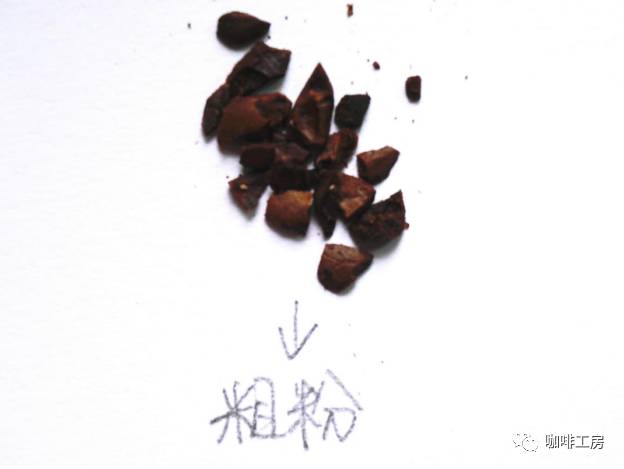
The French pressure kettle is applicable.
Coarse powder > raw sugar (in human words: sugar larger than the largest granule of white sugar you can see on the market)
If you seldom buy large granules of sugar at home, then when you eat some cakes and biscuits, you can see the surface granules of sugar and the feeling of eating one by one. That is the big granule of sugar. The coarse powder is bigger than that.
Important Notice :
前街咖啡 FrontStreet Coffee has moved to new addredd:
FrontStreet Coffee Address: 315,Donghua East Road,GuangZhou
Tel:020 38364473
- Prev
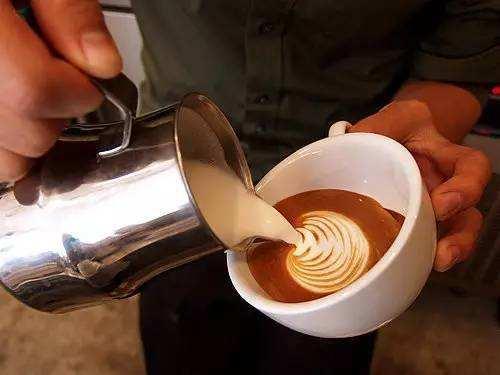
Answer | what kind of milk is used to pull flowers? At what temperature should the milk be beaten?
Professional baristas Please follow the Coffee Workshop (Wechat official account cafe_style) now more and more people know about coffee and like coffee, and in the strong wind of the third wave of coffee, one boutique cafe after another has stepped forward, opening up the territory of individual coffee. However, it is understandable that espresso is still the mainstream of the coffee industry, and predictably
- Next
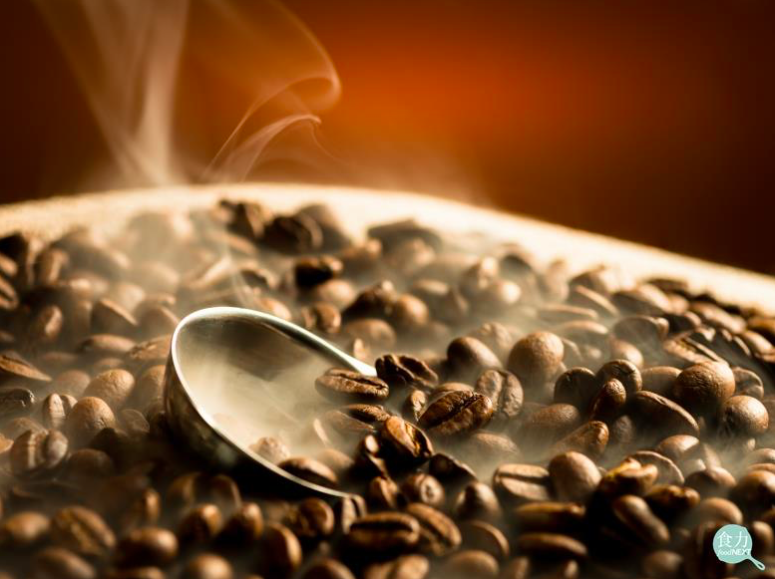
Bake is good! Roasted coffee beans produce more than 650 aromas!
Professional barista communication please pay attention to coffee workshop (Weixin Official Accounts cafe_style ) coffee beans must be roasted to have coffee aroma, this is because when roasting raw beans, volatile substances and other components will thermally decompose or interact to form coffee unique aroma and flavor, at present it is known that roasted coffee beans can produce at least 650 kinds of aroma. coffee green
Related
- Beginners will see the "Coffee pull flower" guide!
- What is the difference between ice blog purified milk and ordinary milk coffee?
- Why is the Philippines the largest producer of crops in Liberia?
- For coffee extraction, should the fine powder be retained?
- How does extracted espresso fill pressed powder? How much strength does it take to press the powder?
- How to make jasmine cold extract coffee? Is the jasmine + latte good?
- Will this little toy really make the coffee taste better? How does Lily Drip affect coffee extraction?
- Will the action of slapping the filter cup also affect coffee extraction?
- What's the difference between powder-to-water ratio and powder-to-liquid ratio?
- What is the Ethiopian local species? What does it have to do with Heirloom native species?

